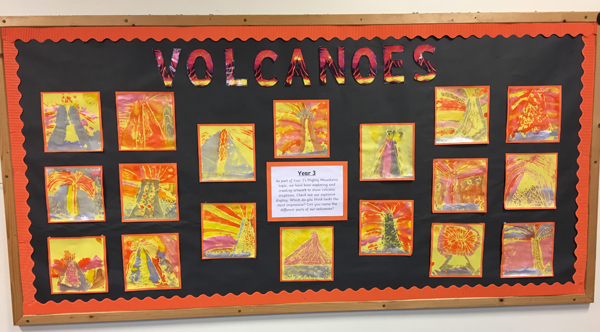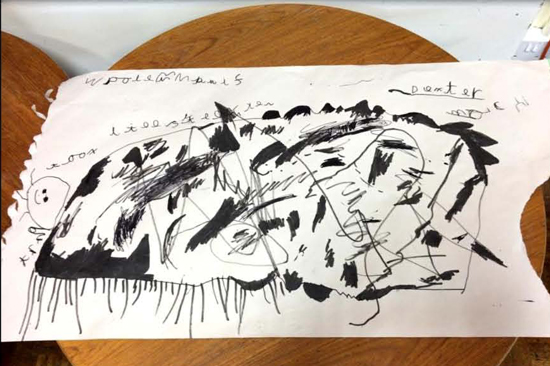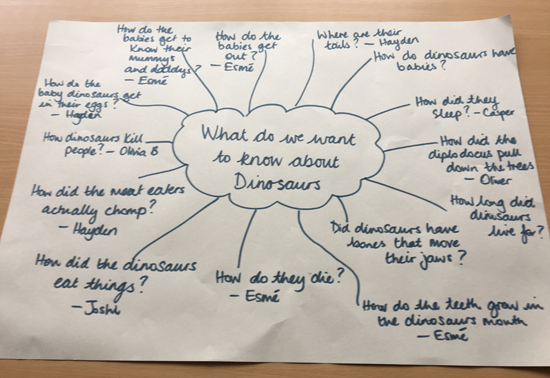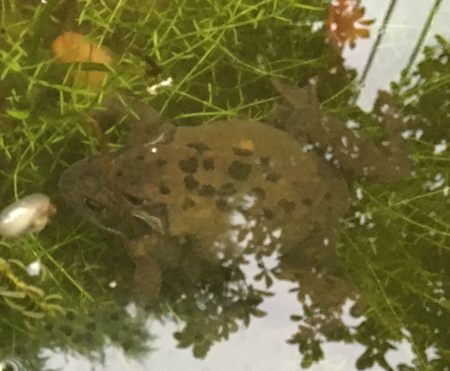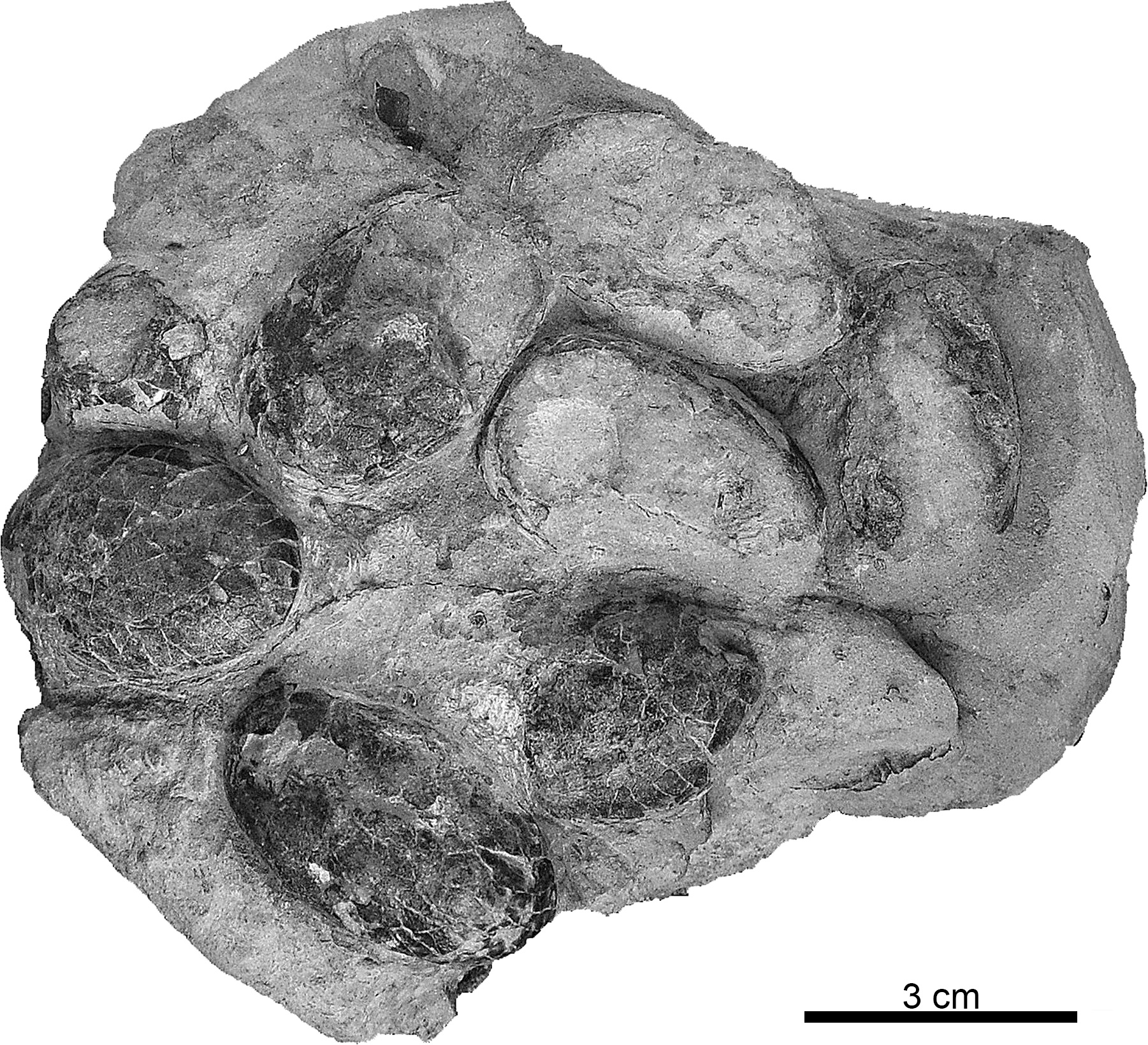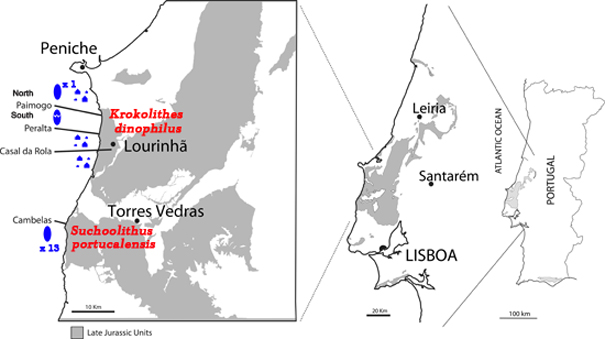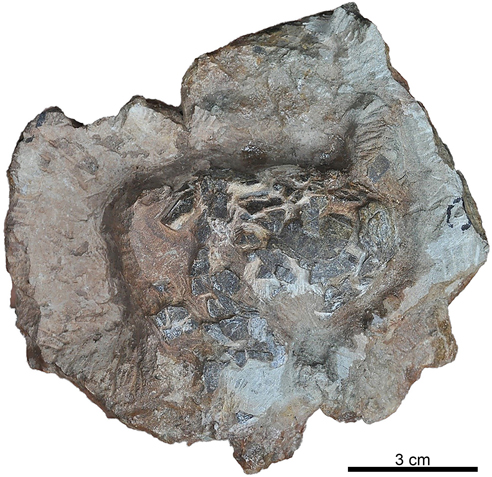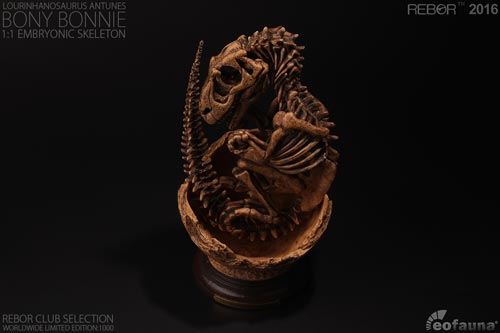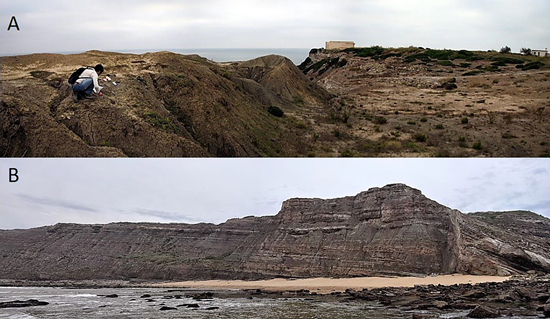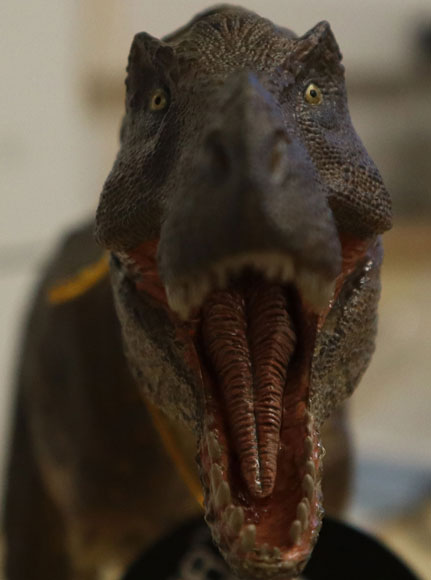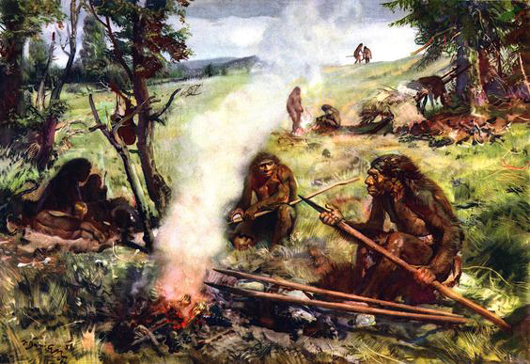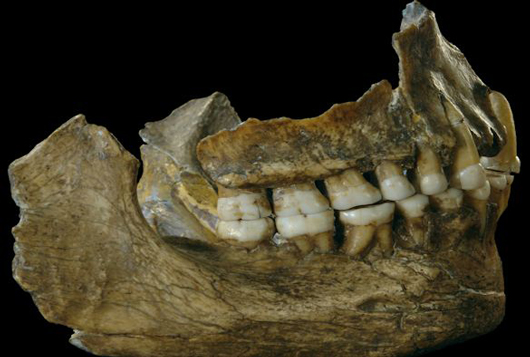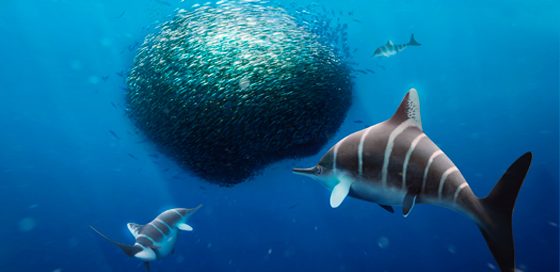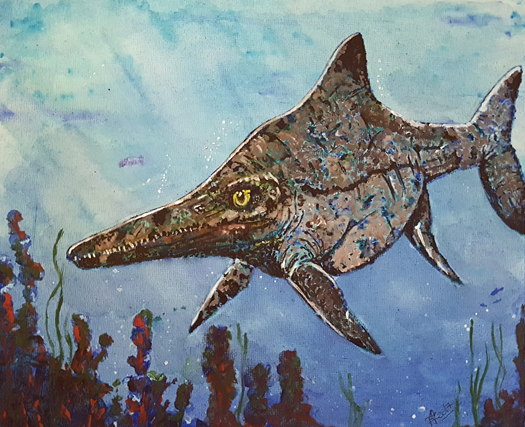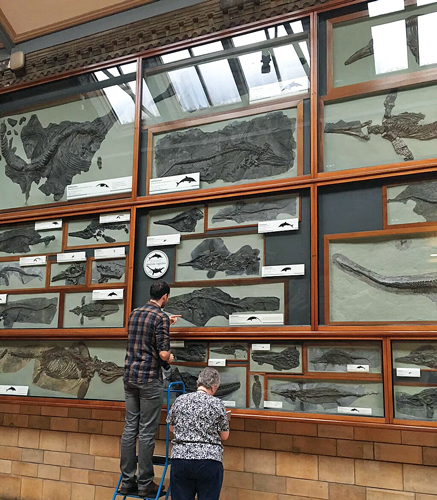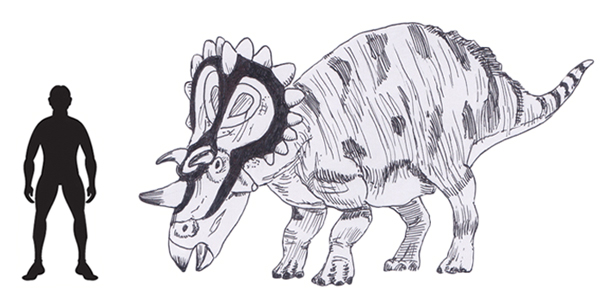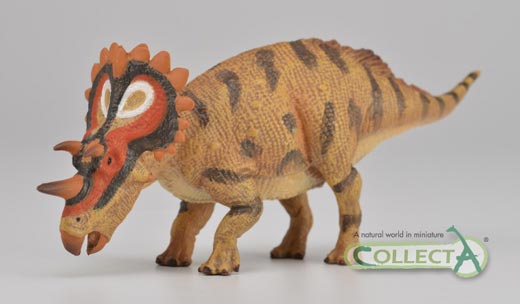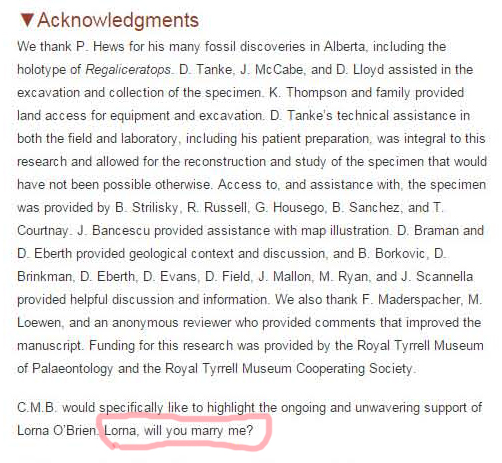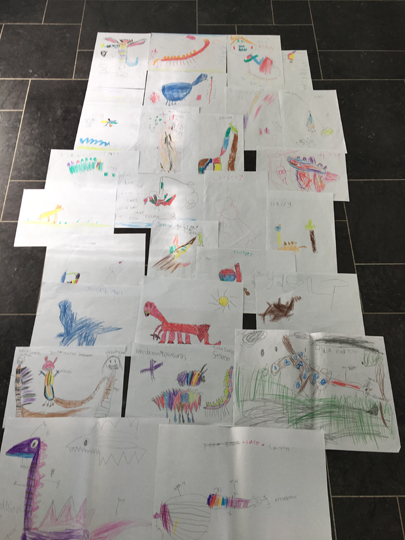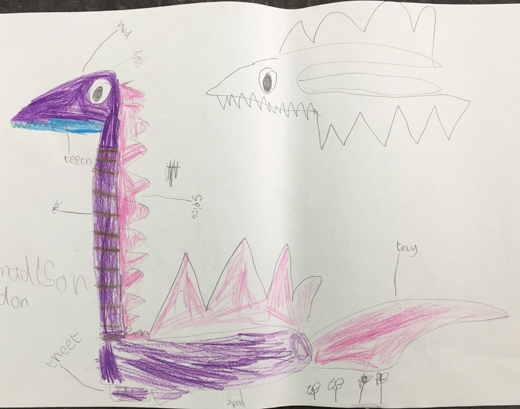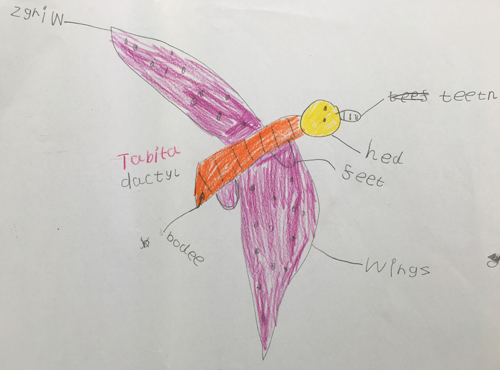Pushing Back the Origins of Complex Life
Scientists Uncover Evidence of the Earliest Plants
One of the most significant steps in the history of life on Earth may have occurred earlier than previously thought, according to a new study published by Scandinavian scientists in the on line academic journal “PLOS Biology”. The evolution of simple, non-nucleated cells (prokaryotes) to large, more complex and specialist cells (eukaryotes) may have taken place some 400 million years earlier. The team might have uncovered evidence of the oldest plants known to science.
Red Algae – Look Out for the Stacked Plates
The researchers which include Therese Sallstedt (Swedish Museum of Natural History), examined exquisitely preserved, three-dimensional fossils, found in very ancient sedimentary rocks from central India (Vindhyan basin). These rocks are known for their abundance of micro-fossils, and the researchers analysed the minute fossil remains that represent a biota that once existed in a shallow sea. The team identified structures within the micro-fossils that correspond to chloroplasts, which are found within plant cells today.
The strata has been dated to approximately 1.6 billion years ago, the photosynthetic biomats amidst extensive cyanobacterial micro-fossils, had filaments and other features such as plate-like discs that represent stacked cells that are very reminiscent of red algae (Rhodophyta). Prior to this discovery, experts believed that the earliest eukaryotes evolved some 1.2 billion years ago, as demonstrated by the oldest known multicellular organism Bangiomorpha pubescens, found in Canadian rocks around 1.2 billion years old. Bangiomorpha is related to today’s red algae, it seems, from this new evidence, that the multicellular Rhodophyta, complete with their complex cells containing a nucleus, have been on Earth for far longer than previously thought.
Two Forms of Red Algae
The fossils appear to show two distinct types of red algae: Rafatazmia chitrakootensis, characterised as filamentous in shape and containing large plate-like, stacked discs that the researchers think may be parts of algal chloroplasts and Ramathallus lobatus, which would have been more rounded in shape and fatter.
Digital Images of Rafatazmia chitrakootensis

Rafatazmia chitrakootensis digital images of the ancient eukaryote (chloroplast structures highlighted green).
Picture credit: PLOS Biology
The picture above shows (A–L) Holotype, NRM X4258. (A) Surface rendering. (B) Volume rendering with rhomboidal disks coloured for visibility. (C) Virtual slice. (D) Surface. (E) Volume. (F–L) Transverse slices (positions indicated in B). (M–O) NRM X5620, surface, volume, slice. (P–R) NRM X5574, surface, volume, slice. Scale bars 50 μm.
The Earliest Plants
Most scientists already believed that red algae (Rhodophyta) to be some of the earliest eukaryotic organisms to evolve. Pushing the date back by some 400 million years or so, has implications for our understanding of evolution as a whole and may help clear questions about the rates at which mutations occur in the genome over time.
The scientific paper: “Three-dimensional Preservation of Cellular and Subcellular Structures Suggests 1.6 billion-year-old Crown-group Red Algae”, published in “PLOS Biology.”
Visit the Everything Dinosaur website: Everything Dinosaur.


